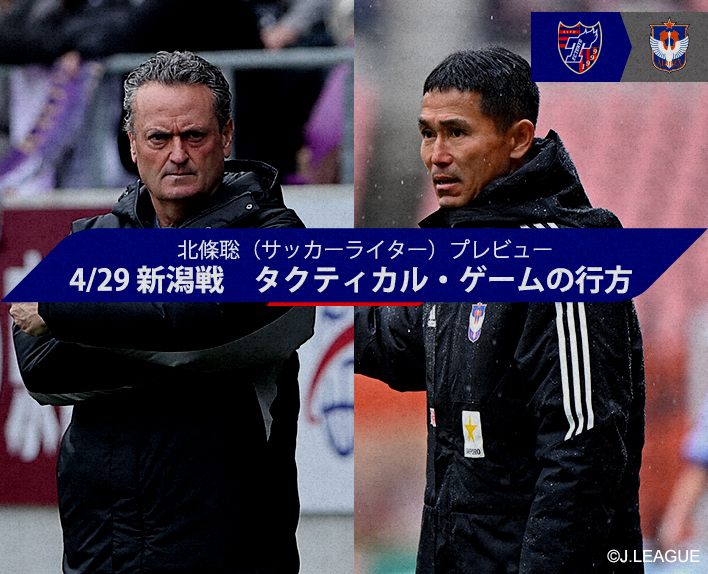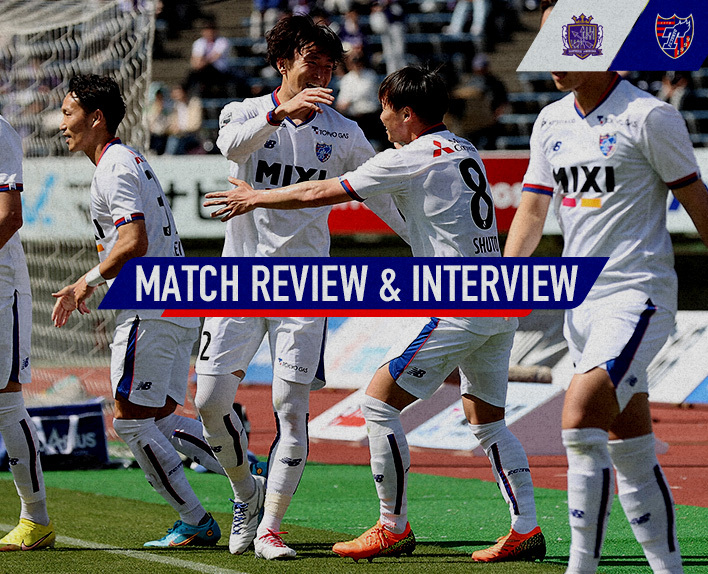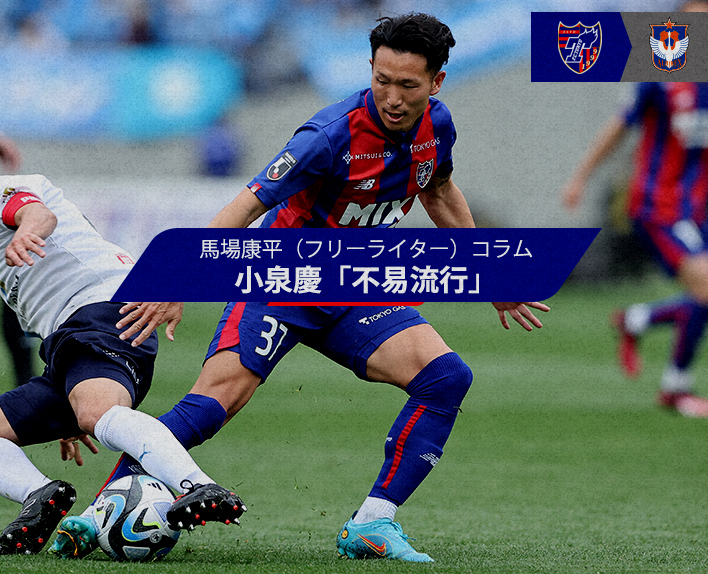The first battle of the long consecutive holidays will be a fierce battle with a team that shares the same philosophy. After all, the opponent is Albirex Niigata, which Albert once worked with. It is like a "brotherly showdown".
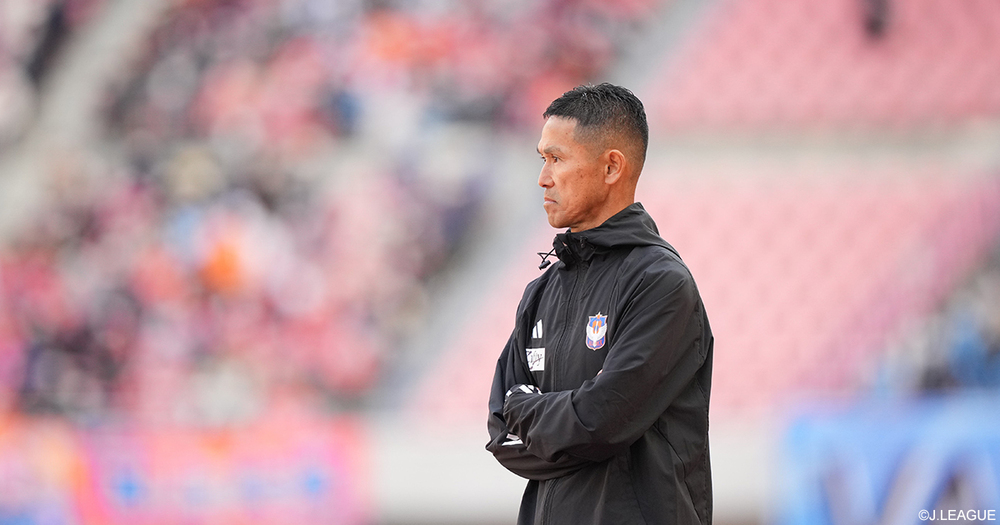
Of course, my brother is from Niigata. Albert Pobor's tactical philosophy, which has been in place for two seasons since the 2020 season, has firmly taken root in the team, and Rikizo Matsuhashi, who succeeded him, has further promoted development, leading to a splendid return to the J1 stage.
Their strength is formidable. At the end of the 8th round, they are in 8th place with a record of 3 wins, 3 draws, and 2 losses. Moreover, they have earned points against tough opponents. They defeated Kawasaki Frontale, who finished 2nd last season, and Sanfrecce Hiroshima, who finished 3rd. They also drew with Cerezo Osaka, who finished 4th. Furthermore, they have drawn with Vissel Kobe, who are in great form this season, and achieved a dramatic comeback victory against Avispa Fukuoka. In contrast, Yokohama FC, another promoted team, has been struggling at the bottom of J1, facing a formidable challenge.
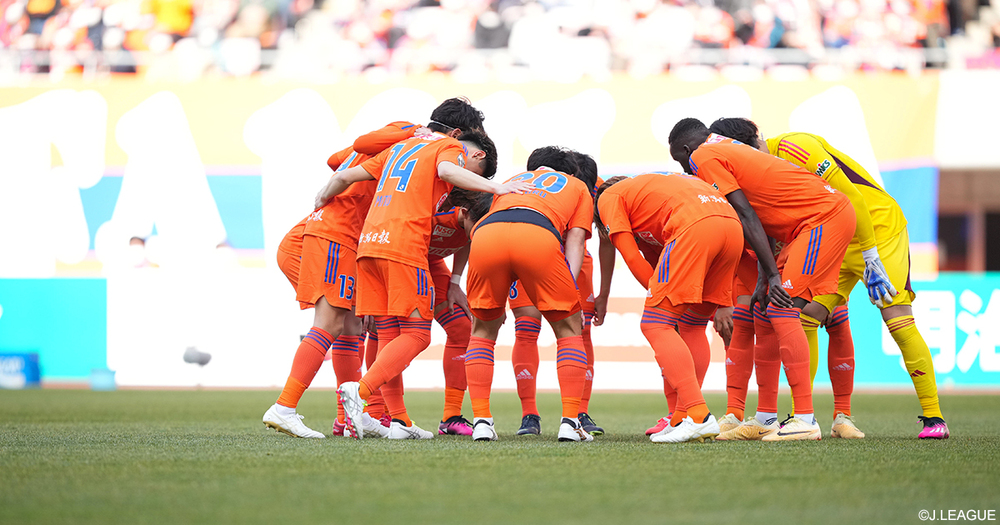
In this season's J1, teams that use a strong press from the opponent's territory to take the ball and quickly approach the goal, as well as teams that have a solid defense as their foundation and launch quick counterattacks, are ranking high. The former includes Hiroshima, Kobe, Kyoto Sanga F.C., while the latter includes Nagoya Grampus and Fukuoka.
On the other hand, the team that meticulously connects passes from behind and attacks has a poor performance. While Yokohama F.Marinos, who aims for consecutive victories, is able to stay in the top, Kawasaki is struggling in the lower ranks. There are many teams that have problems in both avoiding pressing in their own territory and breaking blocks in the opponent's territory. Albert Tokyo is no exception.
Niigata is the same. However, compared to other possession-based teams, their worries should be much smaller. In that regard, the accumulation since "Albert" is significant. The current position is beyond the positional play instilled by Albert.
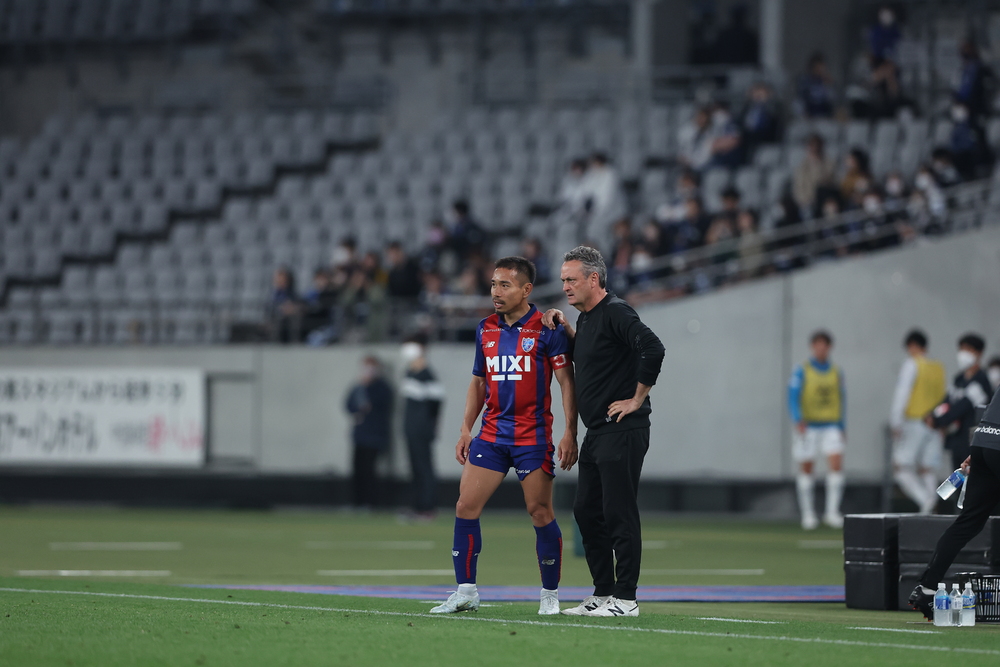
The build-up play has been further polished as each player skillfully changes their position while observing the opponent's movements to advance the ball. One evidence of this is the frequent use of one-touch passes. This allows them to release the ball before being caught by the opponent's press. In order to increase the success rate of this, fine adjustments regarding the "distance and angle" between players are essential, but Niigata's strength is not only in their positioning.
First and foremost, it's about individual skills. No matter how excellent the positioning is, the ball won't circulate without proper judgment and the accompanying technique. Especially, "speed and accuracy" of passes are required. If you can freely manipulate difficult one-touch passes, that's even more so.
Positioning is important, but the team with the "rapid capture and attack" style generally tries to catch the opponent in a man-to-man style when attempting high press. If that happens, there is no positional advantage for the attacking side. So what can be done? One reason why Niigata has fewer cases of stumbling in build-up compared to other teams is the result of thoroughly honing the essential technique of press avoidance under Coach Matsubashi. Even when pushed back into their own half, they cleverly evade the opponent's counter-press and have the ability to take it to the finish. That's the kind of opponent that will come to Ajinomoto Stadium.
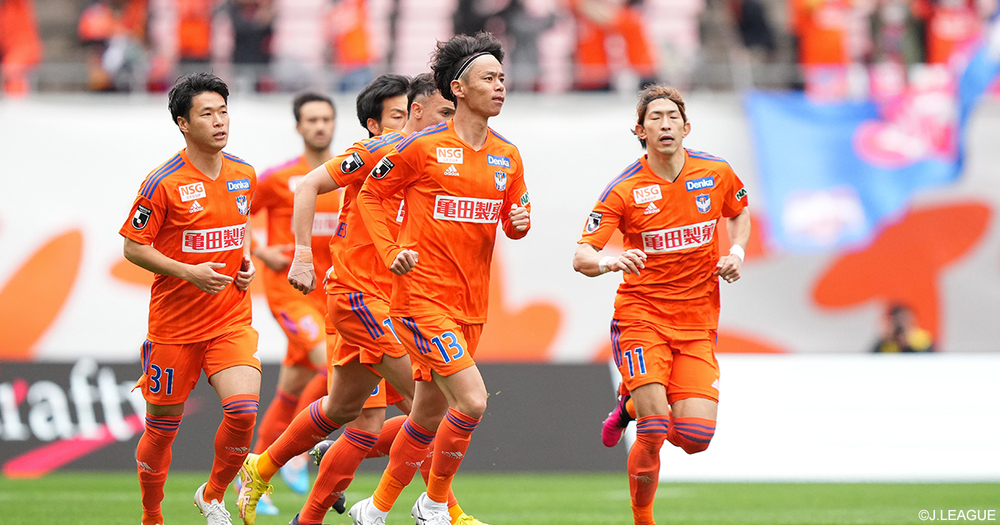
Moreover, there is a man who did not exist in the Albirex era and has an overwhelming presence as the key player in the attack. Ryotaro ITO reigns supreme as the attacking midfielder. Not to mention the 8th round Fukuoka match where he performed a hat-trick, he is involved in almost all of Niigata's goals with brilliant play, and if his name is on the starting list, he becomes the most cautious opponent.
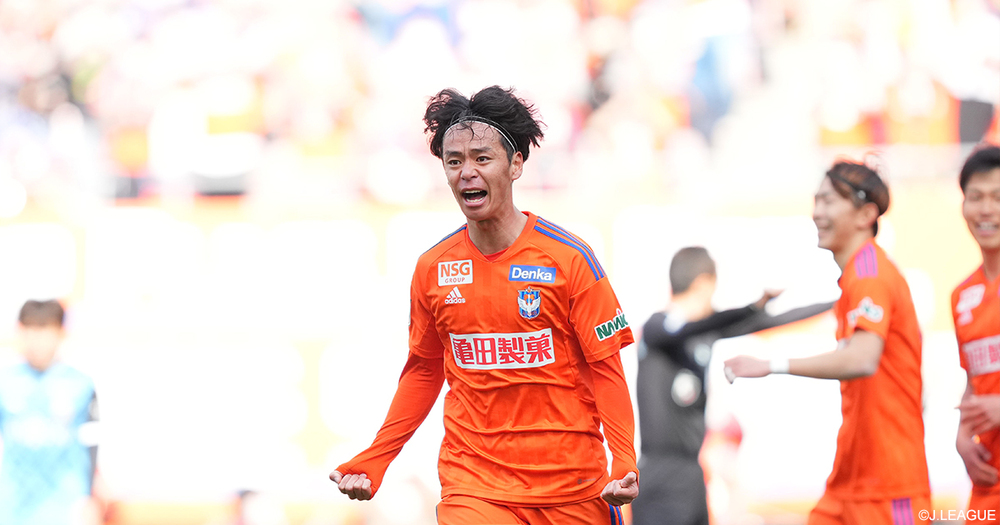
Who to send as a assassin. The suitable person is probably Kei KOIZUMI.... In any case, if we let ITO work freely between the lines, victory is uncertain. Not only the selection of personnel, but also the tactics plan during defense, Albert PUIG ORTONEDA's moves seem to hold the key. If we are completely committed to winning, we may need to bring it to the "Tactical Game" that the commander says.
It is easy to come to the conclusion that it is advantageous to play a more tactically faithful game due to the similarity of the opponents. However, whether it actually becomes so is another matter. Looking back at the performance of Albert Tokyo, the match against Shonan Bellmare, where they were pushed back into their own half for a long time, was a draw and not a satisfactory performance, while the match against Cerezo Osaka, where the content clearly improved, was lost. It seems necessary to coldly determine the points where we should focus our efforts while weighing what we want to do and what the opponent dislikes.
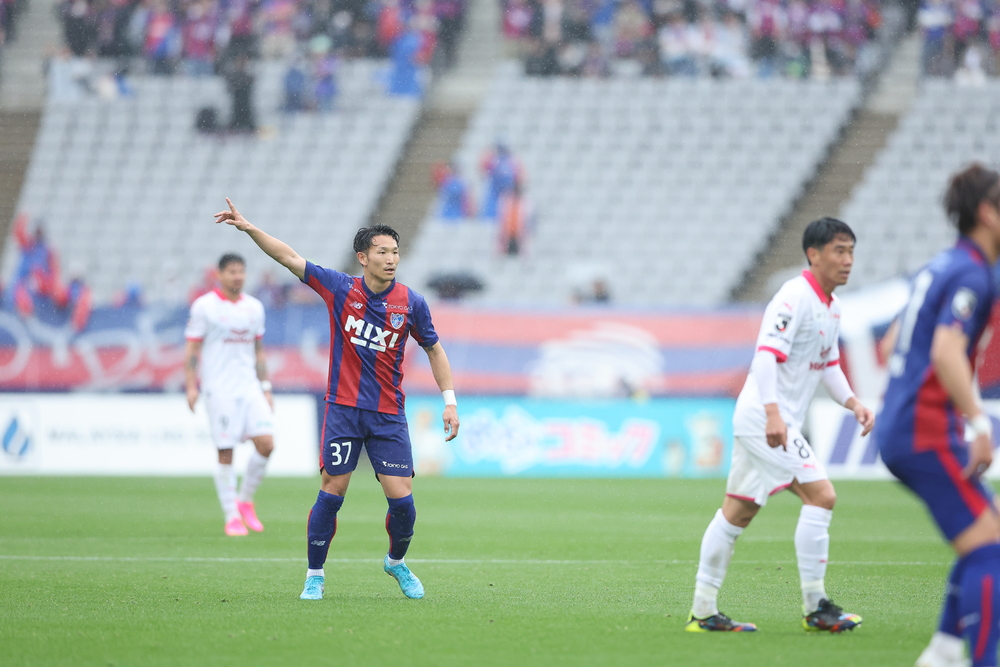
The blind spot of Niigata is somewhere. Currently, we are struggling to break through the block. In the Kobe match, we couldn't break through their solid defense and had no goals. Even in the Fukuoka match, where we achieved a come-from-behind victory, we struggled to attack until the 70th minute. It is gradually being improved to J1 specifications as the matches progress, but it is still difficult to say that it is in a satisfactory condition.
Even if the situation becomes one where we are pushed back, it is important to stay calm and maintain a high-density and high-intensity block, and if we can get through Niigata's attacks, that would be great. In particular, it is effective to cut off the passing route to Ito. Players like Mito Shunsuke and Matsuda Eitaro who make sharp vertical runs from the wide positions are a threat, but their team doesn't have many crosses.
If we take advantage of the opportunity and launch a sharp counterattack, we should have a good chance of winning. Not only the midfielders' combination play leading to a middle counterattack, but also the long counterattacks initiated by Masato MORISHIGE and Yasuki KIMOTO, the two center-backs, should become a threat to Niigata. Using depth more than width in our attacks will be crucial.
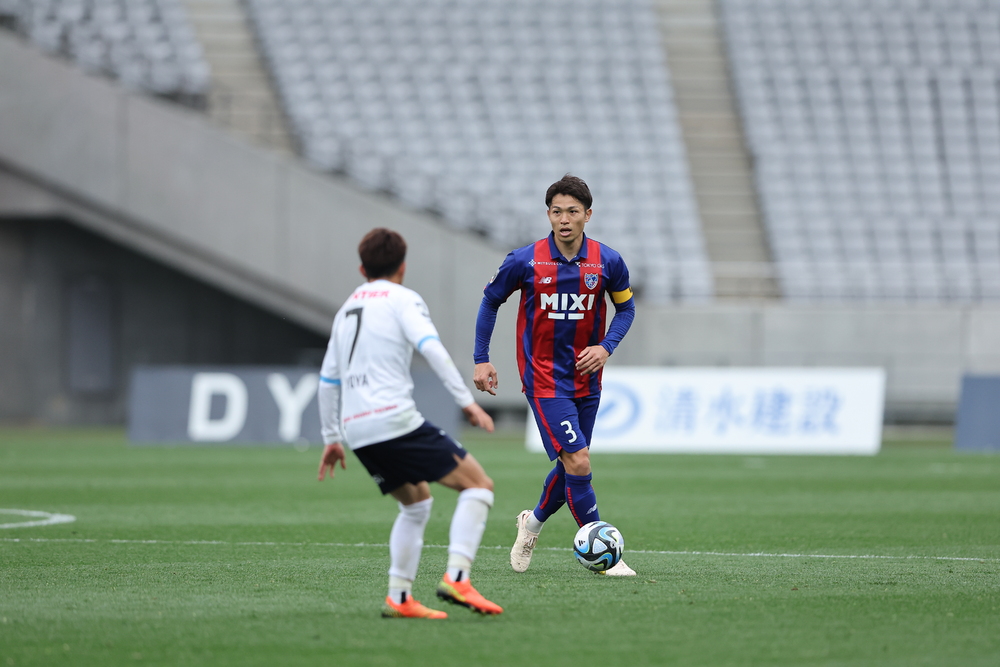
In fact, Niigata has had few games that have led to a breakdown of the block, and their ability to respond to counters is unknown. While they excel in avoiding the press and building up, their average ball possession rate remains at 51.4%. It cannot be said that the pressing intensity when forming a block is high, and once they switch to defense, they are more likely to be pushed back for a longer period of time. Therefore, it is important to not solely focus on defense or rely solely on fast attacks, but also to calmly connect passes and push back into the opponent's territory. The choice should be between fast attacks or slow attacks. To minimize unnecessary exhaustion and fight efficiently, it is important to assess these aspects.
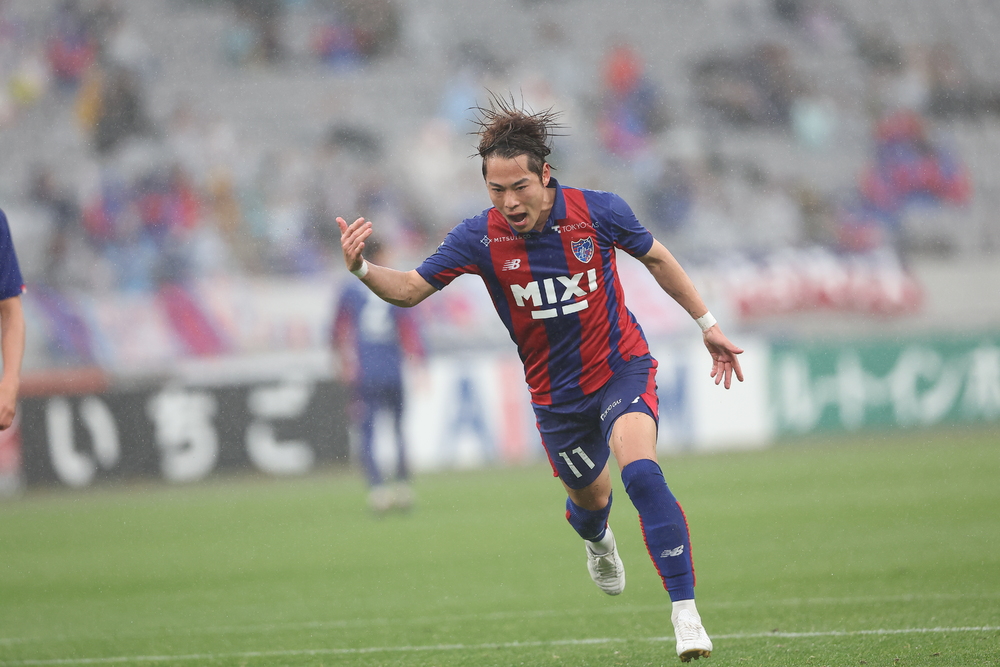
Creating opportunities by connecting passes to push forward, but the key will be the fast attack - that may be the development. Albert Tokyo has many fast arrows, but the key person will be Ryoma WATANABE. Not only does he have the skill to capture prey, but he also appears to be more hungry for goals than anyone else. It's strange how chances seem to roll into the path of such a man. Ito vs. Watanabe. It's also important to keep that scenario in mind.
Text by Sato Hojo (Football Writer)

